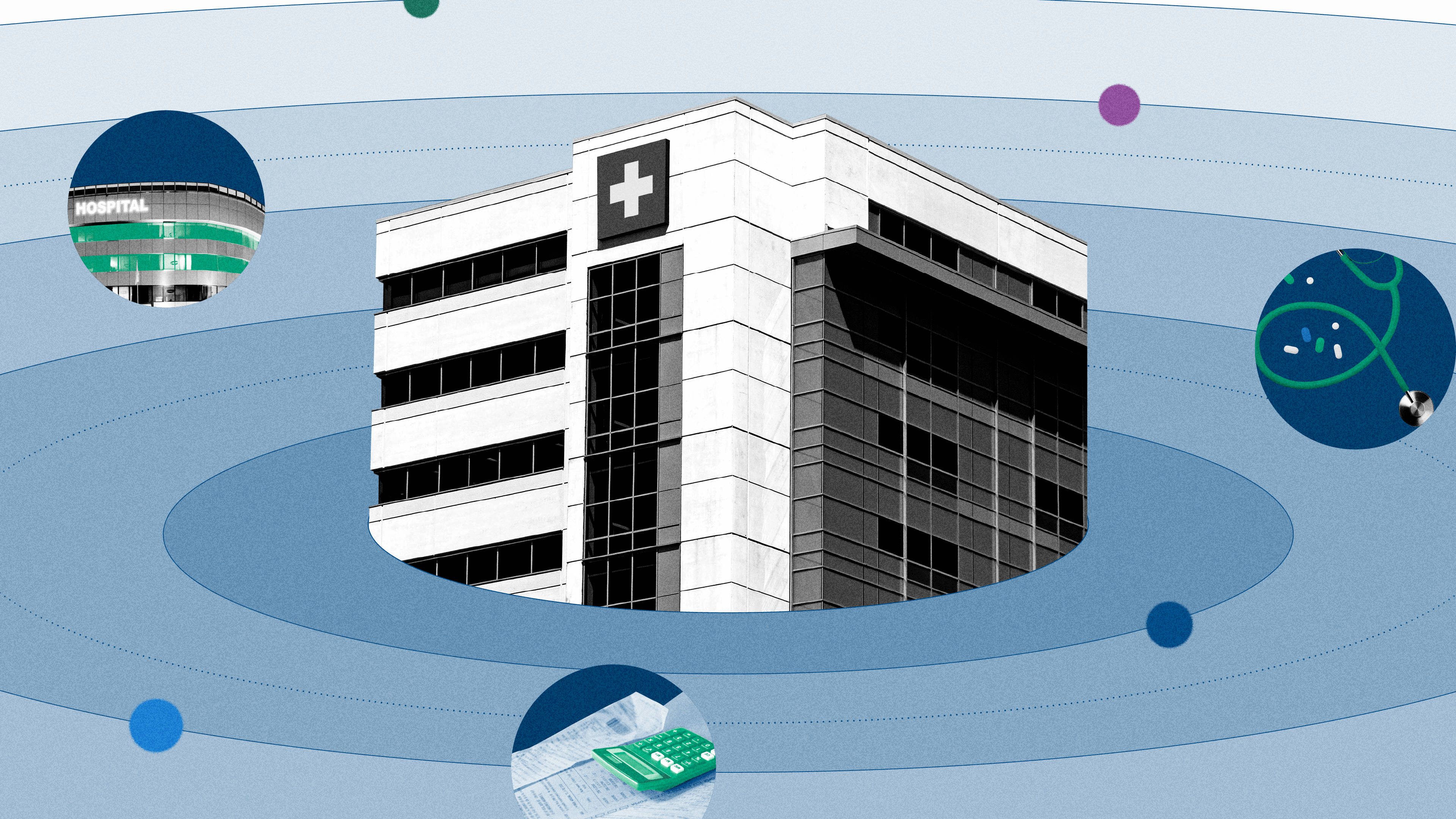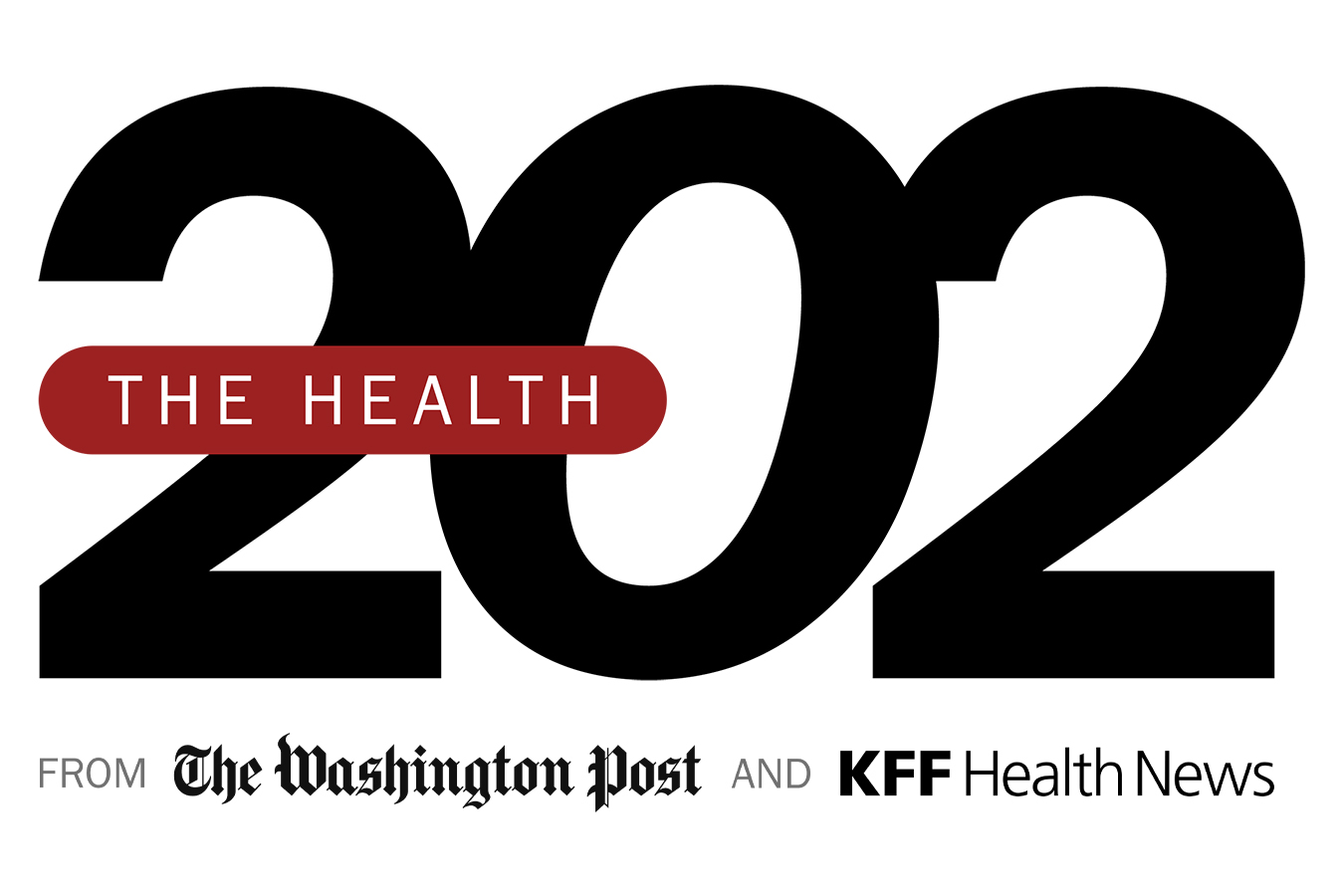Health Costs
- Health Spending
Medical inflation vs. overall inflation
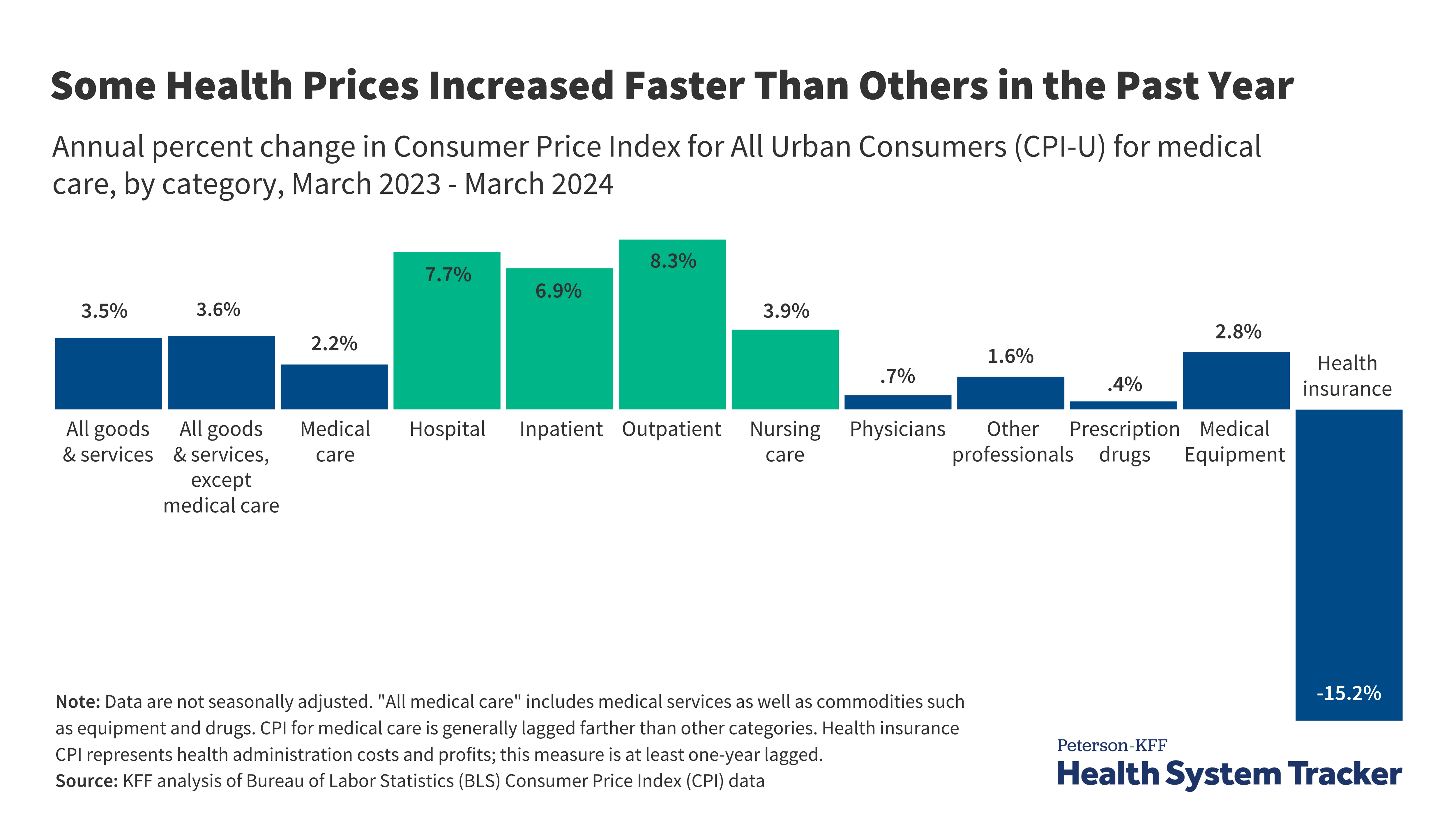
While medical care prices increased by 2.2% between March 2023 and March 2024, the prices of all goods and services increased by 3.5%. Prices for hospital and related services as well as nursing homes rose faster than other medical care prices.
- Health Spending
Medical Debt Among New Mothers
 New mothers are twice as likely to have medical debt as young women who did not recently give birth. Among women ages 18-35, 14.3% of those who gave birth in the last year and a half have medical debt in excess of $250.
New mothers are twice as likely to have medical debt as young women who did not recently give birth. Among women ages 18-35, 14.3% of those who gave birth in the last year and a half have medical debt in excess of $250. - health spending
How Much Do We Spend on Health Care?
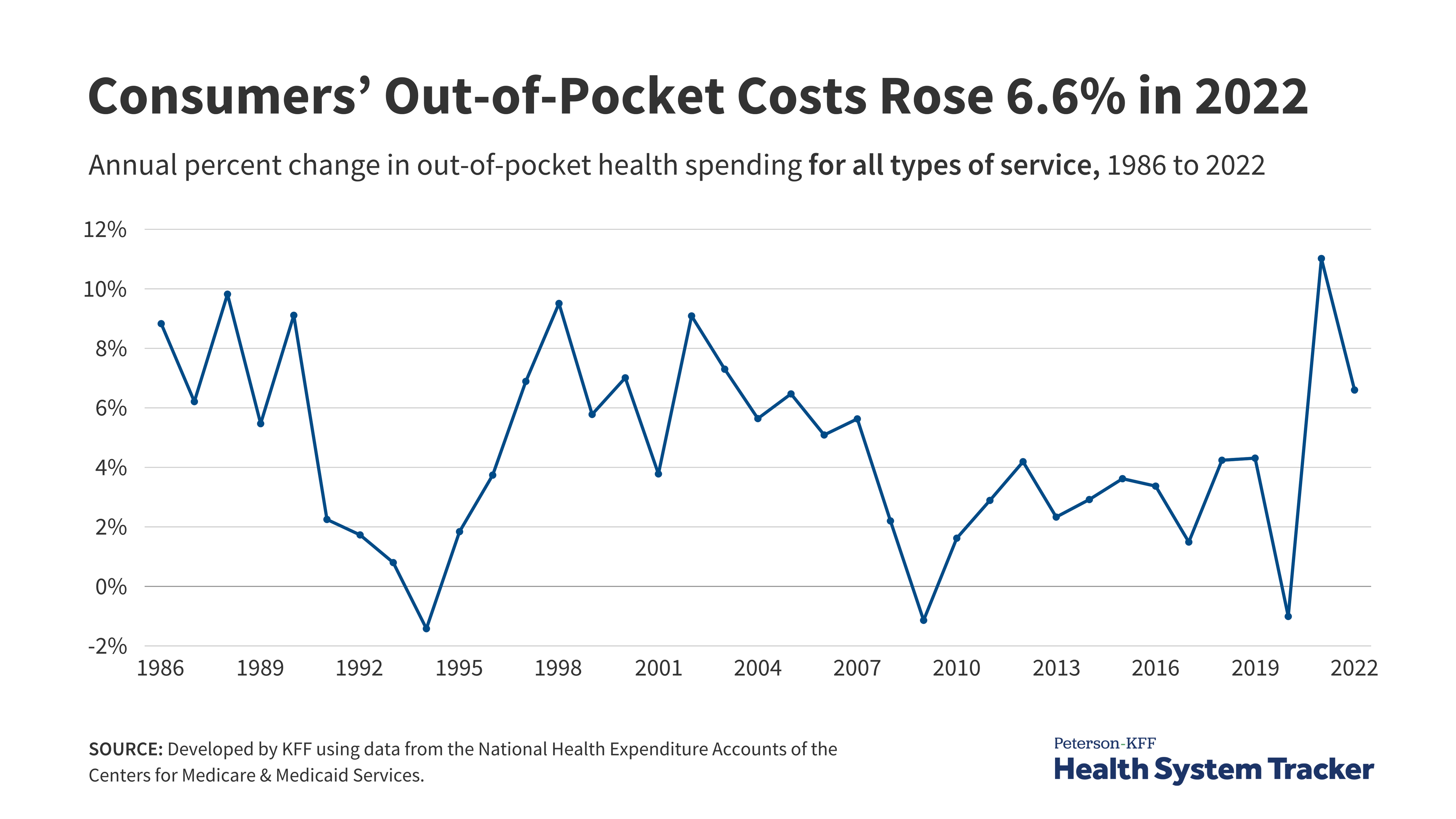 Data on U.S. health spending are available on the Health Spending Explorer, an interactive tool that allows users to explore trends in health spending by federal and local governments, insurers, nursing care, hospitals, and other service providers.
Data on U.S. health spending are available on the Health Spending Explorer, an interactive tool that allows users to explore trends in health spending by federal and local governments, insurers, nursing care, hospitals, and other service providers. - Access & Affordability
How does cost affect access to healthcare?
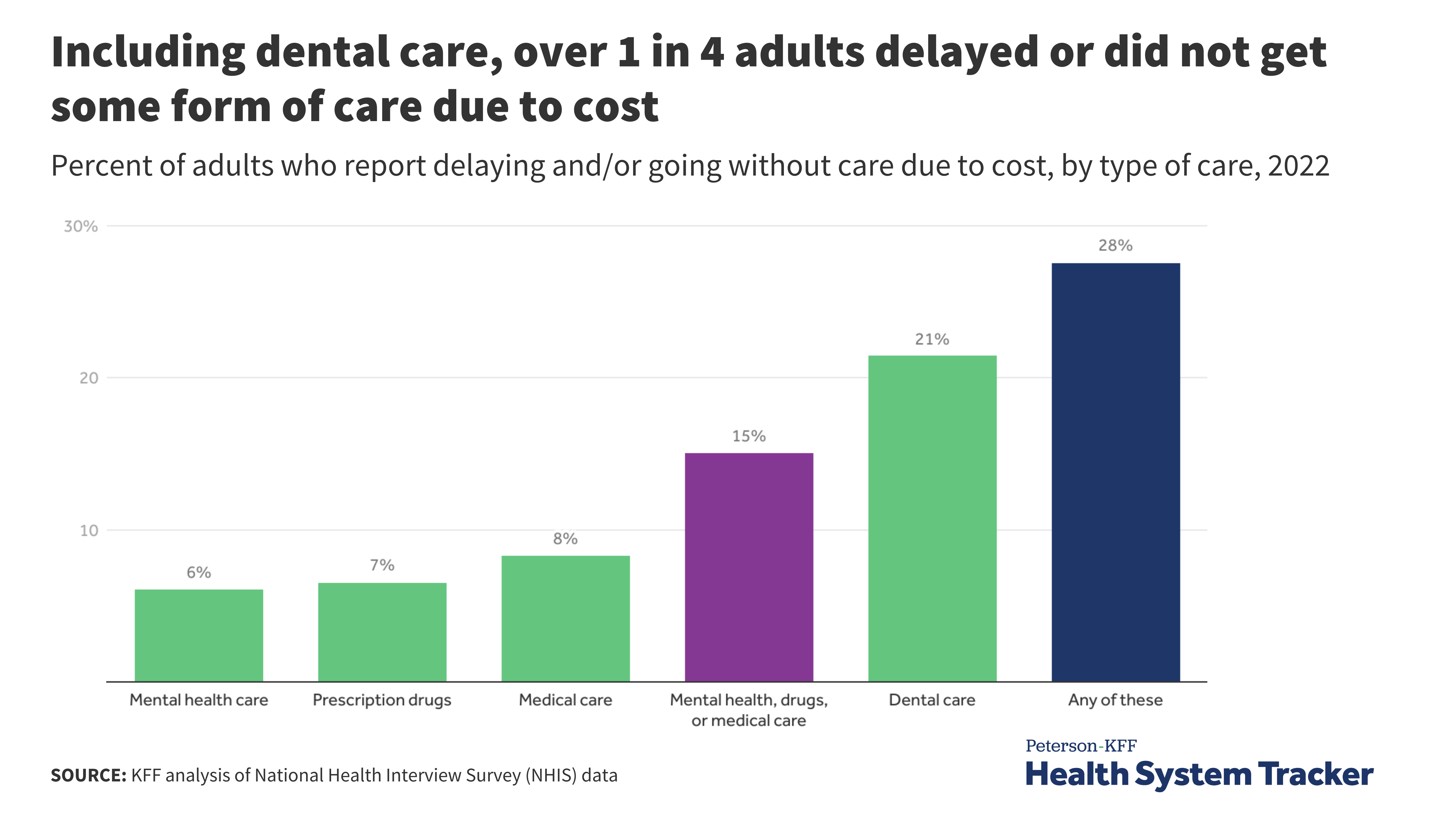
In 2022 , more than 1 in 4 adults (28%) reported delaying or not getting healthcare due to cost. Uninsured adults, adults in worse health, and Hispanic adults are much more likely than others to delay or forego healthcare due to cost.
Health Policy 101: Costs and Affordability
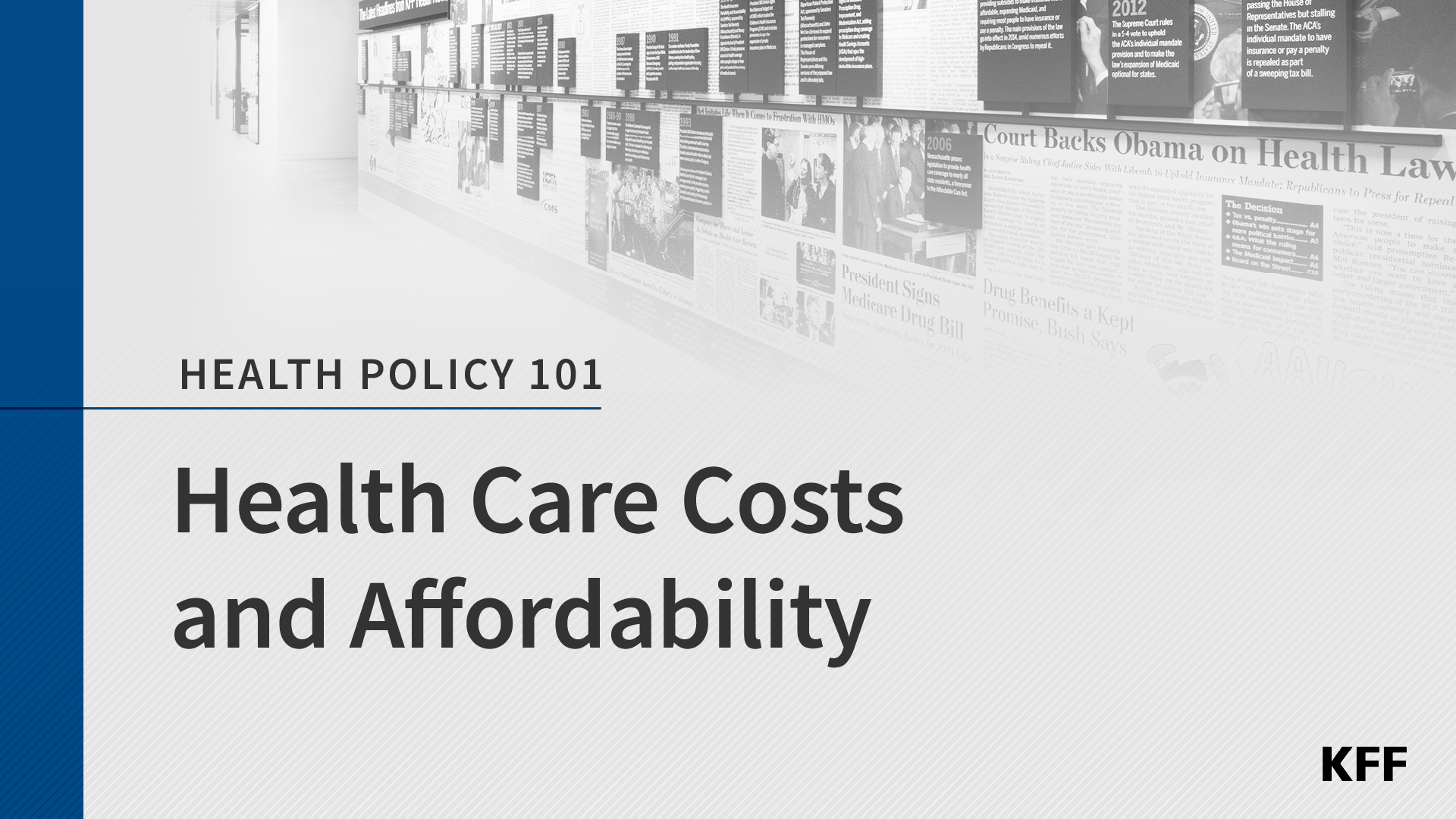
This Health Policy 101 chapter explores trends in health care costs in the U.S. and the factors that contribute to this spending. It also examines how health care spending varies and the impact on affordability and people’s overall financial vulnerability.
Americans’ Challenges with Health Care Costs
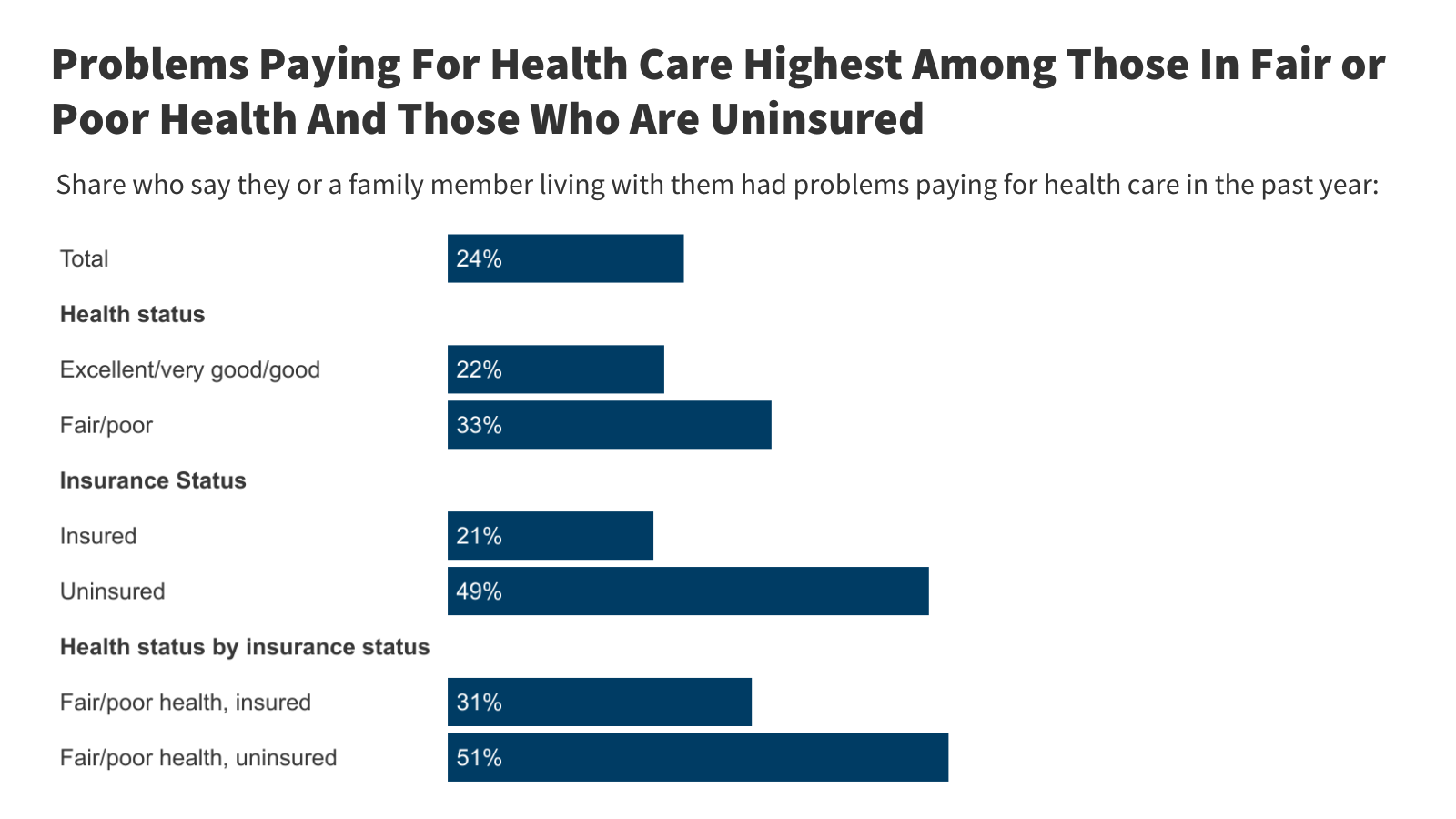
This data note reviews our recent polling data that finds that Americans struggle to afford many aspects of health care, including disproportionate shares of uninsured adults, Black and Hispanic adults and those with lower incomes.
National Health Spending Explorer

This interactive Peterson-KFF Health System Tracker tool allows users to examine five decades worth of data on health expenditures by federal and local governments, private insurers, and individuals.
Public Opinion on Prescription Drugs and Their Prices
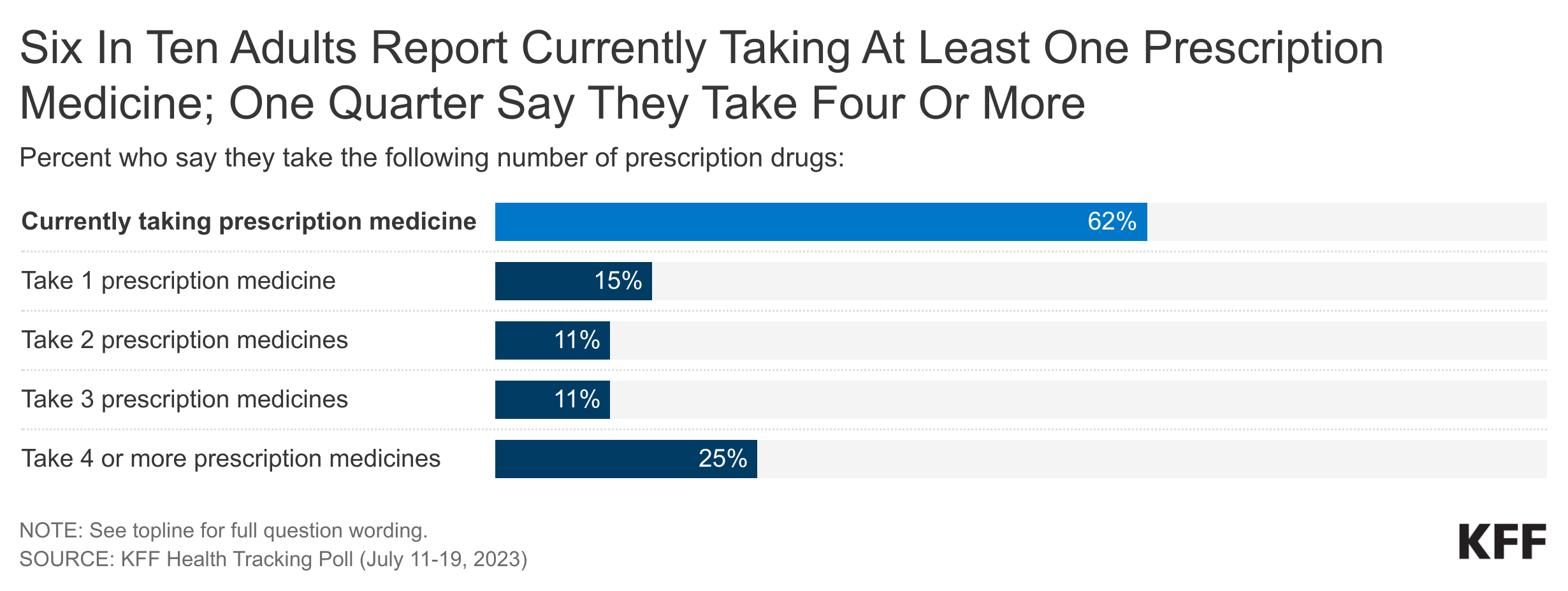
This chart collection draws on recent KFF poll findings to provide an in-depth look at the public’s attitudes toward prescription drugs and their prices. Results include Americans’ opinions on drug affordability, pharmaceutical companies, and various potential measures that could lower prices.

